
Airfix Hawker Typhoon Mk.IB 1:72
Airfix
By 1943, the RAF needed a dedicated ground attack fighter and the Typhoon was suited to the role. The powerful engine allowed the aircraft to carr...
View full details
By 1943, the RAF needed a dedicated ground attack fighter and the Typhoon was suited to the role. The powerful engine allowed the aircraft to carr...
View full details
The second of America's great four-engined heavy bombers of the Second World War, the Consolidated B-24 Liberator began development after th...
View full details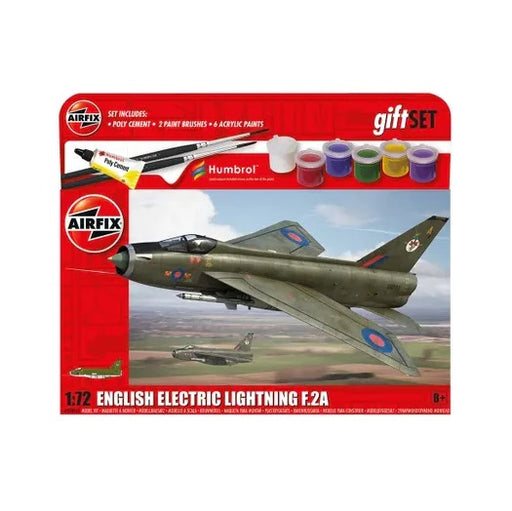
The English Electric Lightning was a supersonic jet fighter aircraft of the Cold War era, noted for its great speed. It is the only all-Briti...
View full details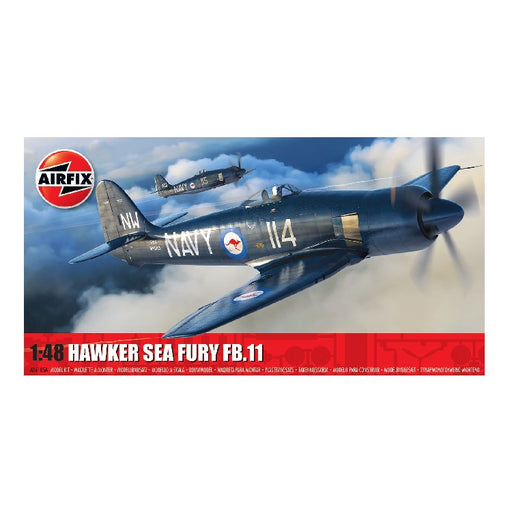
One of the most capable piston-engine fighter aircraft ever produced and the last to enter service with Britain’s Fleet Air Arm, the Hawker ...
View full details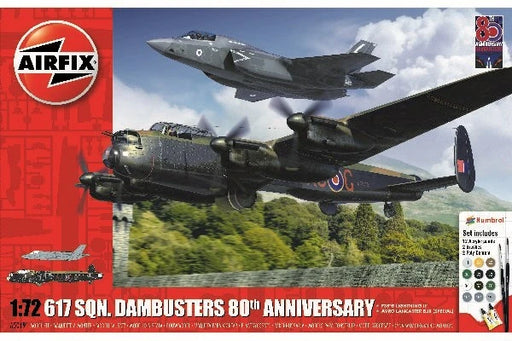
At 21.39 on 16th May 1943, Gibson and Lancaster ED932 took off from RAF Scampton at the head of the first attack wave of nine Lancasters hea...
View full details
Since the early days of powered flight, the aeroplane and the intrepid individuals who flew them have captivated the imagination of the worl...
View full details
An aircraft which has to be considered one of the finest aeroplanes of the Second World War, the Hawker Tempest V could trace its design lineage b...
View full details
This Vintage Classics Sopwith Pup kit is perfect for beginner modellers, with 26 pieces to put together and a single scheme making for a sim...
View full details
First flying in 1939, the Focke-Wulf FW190 was an immediate threat to RAF fighters when introduced in late 1941, being faster and more manoe...
View full details Sold out
Sold out
Historically positioned as Britain's first jet-powered fighter to enter service, the Gloster Meteor played a significant role in the air defe...
View full details
In what would often be a very personal dual fought in the skies above Europe between airmen from Allied and Axis air forces, the struggle for ...
View full details Sold out
Sold out
Designed initially to replace the Hawker Hurricane as the complementary high-altitude fighter to the Supermarine Spitfire, the Tphoon instead...
View full details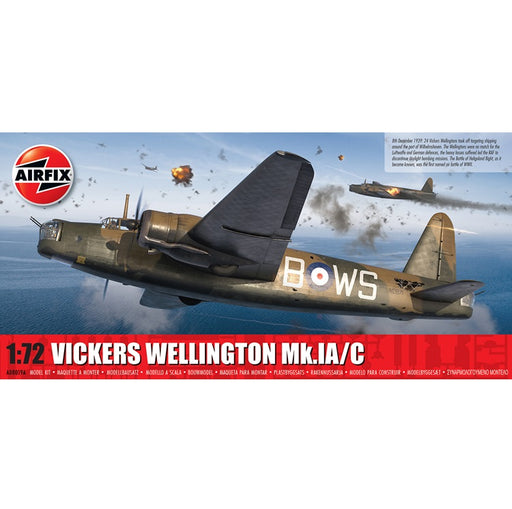
The most capable medium bomber of the day was the twin-engine Vickers Wellington, which first flew in 1936 and entered RAF service with No.99...
View full details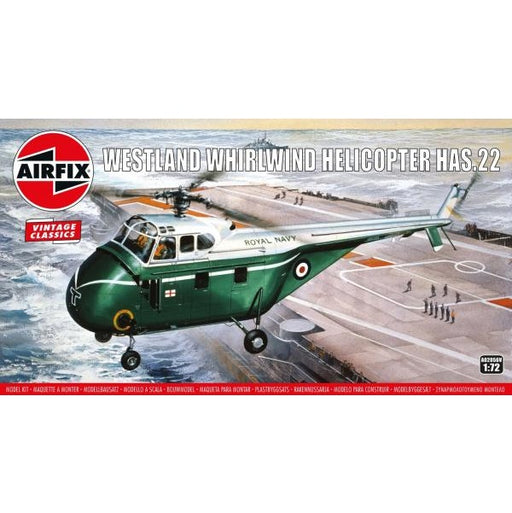 Sold out
Sold out
As helicopter technology continued to advance apace following the end of the Second World War, the operational flexibility offered by rotary powere...
View full details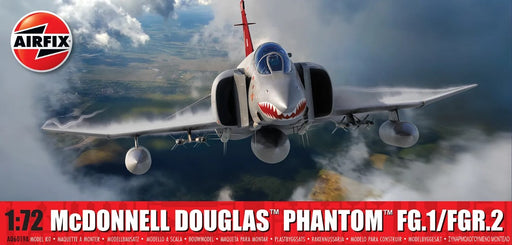
With the RAF already operating Phantoms initially intended for the Royal Navy at Leuchars air base in Fife, the withdrawal of HMS Ark Royal in 197...
View full details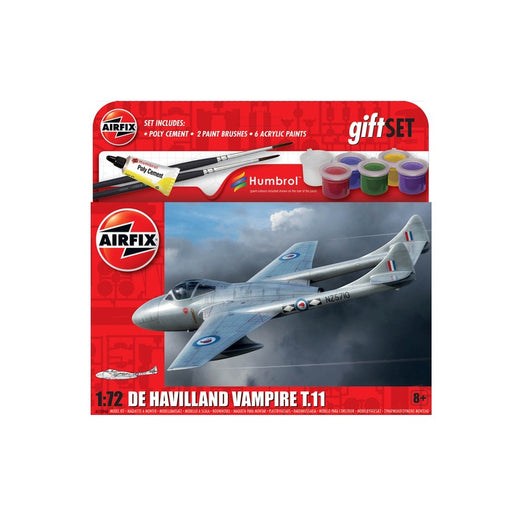
As a two-seater trainer, the Vampire T11 excelled. The side by side seating ensured both pilots had good visibility. The aircraft's inherent ...
View full details
This Royal Aircraft Factory BE2c plastic model kit comes with two paint scheme options, bringing variety to a popular design. With 54 well-e...
View full details
The Boeing B-17 ‘Flying Fortress’ boasts a remarkable legacy, as both a strategic weapon and an enduring symbol of American air power during...
View full details
Featuring four aircraft from the Battle of Britain theatre, this Gift Set includes all the necessary paints, poly cement and brushes to complete th...
View full details
The Bristol Blenheim was conceived as a privately funded high-speed civilian aircraft, intended to wrestle the record for the fastest civili...
View full details
Forming the backbone of the modern Royal Air Force, the Typhoon has been continually upgraded throughout its service life and is a far more cap...
View full details
The F4F Wildcat was the US Navy's primary carrier borne fighter aircraft at the start of the Second World War. Characterised by its stubby a...
View full details Sold out
Sold out
RAF Beaufort crews were tasked with flying some of the most dangerous attack missions of the Second World War, with their aircraft often flying i...
View full details
Well-suited for amphibious warfare and the tactical insertion of ground troops, the 'Commando' was an important variant of the Sea King. It wa...
View full details
The reconnaissance Spitfire PR.XIX was unarmed but could fly at 370mph at 40,000 feet and had a range of 1500 miles. Mk.XIX Spitfires represen...
View full details Sold out
Sold out
The Junkers Ju87 Stuka quickly became one of the most infamous, and feared weapons of the Second World War. The two-man dive bomber first saw actio...
View full details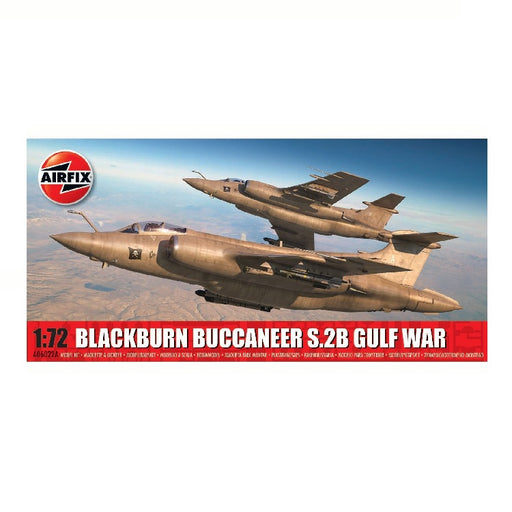
During RAF air operations in the Gulf War of 1991, the effectiveness of Iraqi anti-aircraft defences resulted in Tornado and Jaguar strike m...
View full details
An aircraft that is undoubtedly one of the most significant in the history of aviation, the Hawker Siddeley Harrier GR.1 was developed from ...
View full details
The legend of the Hawker Hurricane is now available in 1:72 scale model kit form. With 51 parts and two scheme options, this is a great choi...
View full details
The Consolidated B-24 Liberator is always a great kit subject and our 1:72 scale version is ideal for more experienced modellers. With 258 p...
View full details
This Supermarine Spitfire Mk.IXc kit in 1:24 scale includes all the parts you need to replicate the beer-carrying Spitfires, the ‘Flying Dra...
View full details
Build the Fokker E.II Eindecker flown by Kurt von Crailsheim in 1915 and bring a little bit of history back to life. This 1:72 scale model k...
View full details
The P-40 served the United States Army Air Force throughout the Second World War, fighting in Europe, across Asia and in the deserts of Nort...
View full details
One of the most significant aircraft in the history of British aviation, the Hawker Siddeley P.1127 was the development forerunner of the famous ...
View full details
Still a familiar sight at airfields all over the world, the de Havilland Tiger Moth primary trainer made its first flight back in 1931 and provided...
View full details
A significant post-war achievement for Britain's aviation industry, the Bristol Belvedere was a highly capable, tandem-rotor, heavy-lift helicopte...
View full detailsSignup to the EireHobbies.com mailing list to be the first to hear about new products and special offers
EireHobbies
2nd Floor, Unit 27
The Brewery Business Park, Dundalk, Louth, A91 N6C0
Tel: 042 9351155
Copyright © 2025 EireHobbies.
